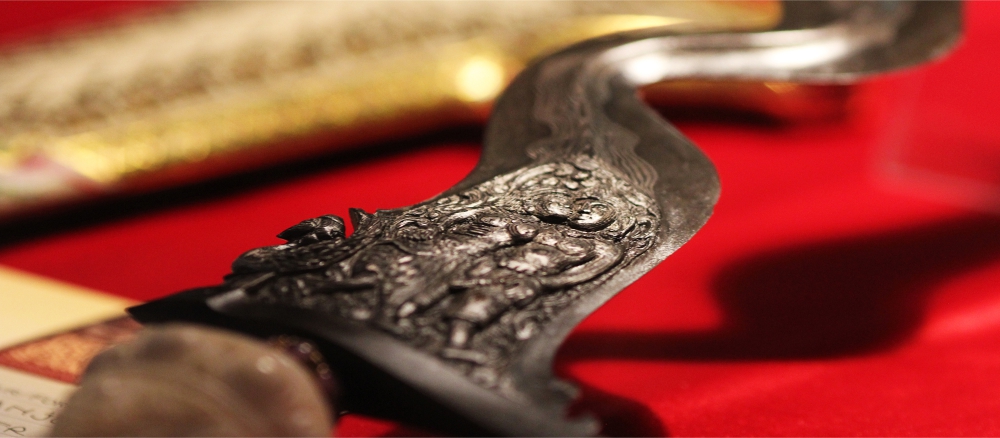The Cultural and the Artistic Value of Keris
July 1, 2016 Posted in: History
There is a time where traditional weapons are used extensively to spill peoples blood in wars and for some people, it becomes a symbol of power. During times of peace, however, the value of traditional weapons gradually changes and now it is not merely a tool to kill; it becomes a spiritual object that defines its wielders and their cultures. Keris, an Indonesian traditional asymmetrical dagger, is one of the weapons that transcend its core function where it is used to kill people. It also becomes a ceremonial attire that plays a significant role in Indonesian peoples daily life due to its prominent social and spiritual value.
In the past, it is mandatory for a man to bring his keris every time he goes outside his house for self-defense; it is not only a weapon for a fighter, but it is also needed by commoners to defend their life when they are in danger. Although keris is not used as a fighters main weapon, it is still an important weapon as it may save his life. Some fighters even bring more than one keris to the battlefield.
Unlike other traditional weapons, keris is embellished with many beautiful ornamentations which represent beauty, pride, and art. The parts of keris, the blade, the hilt and the sheath, are decorated with distinctive patterns that increase its cultural and artistic value. The blade is forged with a special technique which enables the creation of its signature wavy blade. The hilt is sometimes coated with gold or silver and decorated with gemstones, while the sheath is embellished with ivory or metals.
As people live in peace now, keris is mostly used in a ritual ceremony, preserved as a talisman that contains magical power or an accessory for ceremonial attire. Many people also collect keris and hang it on the wall of their house, enhancing the atmosphere and the value of their house with this wonderful Indonesian craft.
